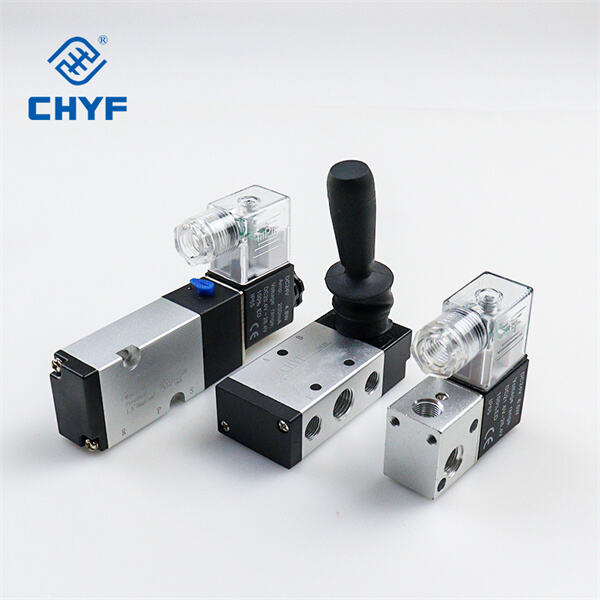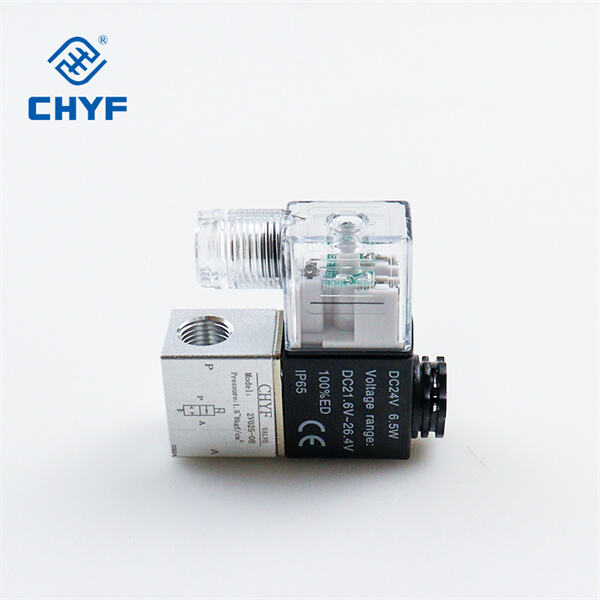Tel: +86-577 61727673
Email: [email protected]
Tel: +86-577 61727673
Email: [email protected]
A 2 way solenoid valve Yes, a 2 way solenoid valve is unique in many respects. It works by opening and closing components within the valve that allow the flow of liquids or gases. This valve relies on a component called a solenoid, which is a coil of wire that creates a magnetic field when an electric current passes through the wire. It opens or closes the valve, letting just the right amount of fluid flow through, when the solenoid is activated.
In industries and workplaces, 2 way solenoid valves play vital roles in managing gases or liquids. For instance, they’re applied in machines to govern how air or fluids flow to various parts. You can find these valves in all kinds of places, including factories and medical machines but also home appliances like washing machines and refrigerators.

Just like any other parts, it is important to take care of the 2 way solenoid valves so they can work effectively. Maintaining these valves can prevent issues such as leaks, or blockages that can cause fluid flow to stop. Valves need to be cleaned frequently, be inspected for damage and replaced when broken. You can help them perform better and last longer by taking good care of these valves.

In terms of the flow of liquids or gases, two way solenoid valves have several benefits compared to other valves. One major advantage is their fast response time, as they are able to modulate fluid flow very quickly and accurately. In addition, 2 way solenoid valves tend to be more compact and lighter than other types of valves, thereby making 2 way solenoid valves relatively easy to mount and maintain, even in confined spaces.

Although 2 way solenoid valves are helpful, they can also experience issues. A stuck valve, for example, is a common issue that can prevent fluid from flowing. Should this occur, you can get rid of the dirt or clog blocking it by cleaning the valve. Another issue to check is for leaks, which can occur if a seal fails. In such a situation, it could be necessary to replace the defective section to prevent the leak. These issues need to be addressed, and they need to be addressed — pronto, if you want to keep the system running.